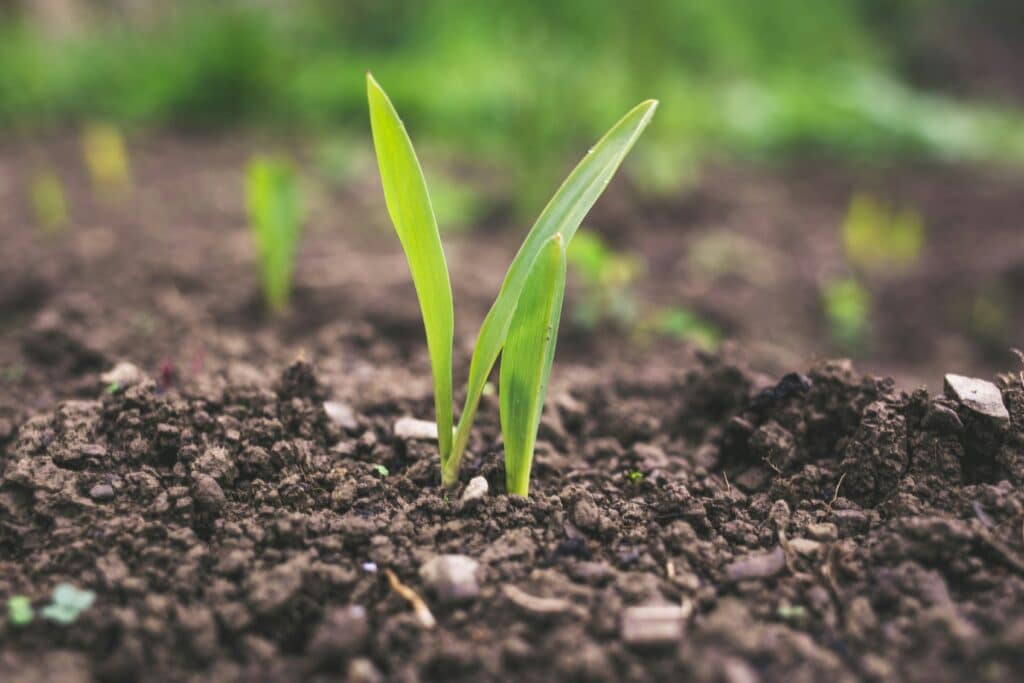As gardeners, we have the power to cultivate thriving and sustainable environments for our plants. By incorporating specific practices into our gardening routines, we can foster soil health and create a balanced ecosystem that supports vibrant plant growth. In this article, we will explore four essential techniques: incorporating organic matter, minimizing chemical inputs, mulching, and practicing crop rotation. These practices not only benefit our plants but also contribute to the long-term health of our gardens.
1. Incorporating Organic Matter:
One of the foundational principles of sustainable gardening is the incorporation of organic matter into the soil. By adding compost, leaf litter, and cover crops, we provide a valuable food source for soil organisms. Organic matter enhances soil structure, creating a well-aerated and well-drained environment that promotes root development and nutrient uptake. It also improves the soil’s water-holding capacity, preventing excessive runoff and ensuring plants have access to moisture during dry periods. Additionally, organic matter gradually releases essential nutrients, promoting their availability to plants over time.
2. Minimizing Chemical Inputs:
To maintain a thriving soil ecosystem, it is crucial to minimize the use of synthetic fertilizers and pesticides. While these products may provide short-term solutions, their excessive use can disrupt the delicate balance of soil organisms. Instead, opt for organic and natural alternatives that nourish the soil while supporting the diversity and vitality of the soil ecosystem. Organic fertilizers, such as compost or well-rotted manure, release nutrients gradually and improve soil structure. Natural pest control methods, like companion planting or biological controls, target specific pests without harming beneficial insects.
3. Mulching:
Mulching is a simple yet effective technique that offers multiple benefits to your garden. By applying organic mulch, such as straw or wood chips, to the soil surface, you create a protective layer that conserves moisture. This helps prevent water evaporation, reducing the frequency of irrigation and promoting water efficiency. Mulch also acts as insulation, moderating soil temperature by keeping it cooler during hot summer months and providing warmth during colder seasons. Furthermore, mulch suppresses weed growth by blocking sunlight and competing with weeds for resources. As the mulch breaks down, it adds organic matter to the soil, enriching it with nutrients and supporting the activity of beneficial organisms.
4. Crop Rotation:
Crop rotation is a time-honored practice that plays a vital role in maintaining soil health and managing pest and disease populations. Different plants have varying nutrient needs, and certain pests and diseases target specific plant families. By rotating your plantings each season, you disrupt the life cycles of pests and diseases, preventing their buildup in the soil. Furthermore, diverse crops help maintain a balanced soil ecosystem, as they interact with different soil organisms and have varying root structures. Some plants may add nitrogen to the soil, while others may have deep roots that improve soil structure. Crop rotation optimizes nutrient availability, reduces the need for chemical interventions, and supports long-term soil health.
Main Takeaways
Sustainable gardening encompasses a holistic approach that focuses on enhancing soil health and creating thriving ecosystems. By incorporating organic matter, minimizing chemical inputs, mulching, and practicing crop rotation, we can cultivate gardens that are not only visually appealing but also environmentally friendly and resilient. These practices promote the well-being of soil organisms, improve soil structure, conserve moisture, suppress weeds, and prevent pest and disease buildup. Embrace these techniques, and watch as your garden flourishes while contributing to the overall sustainability of our planet.
